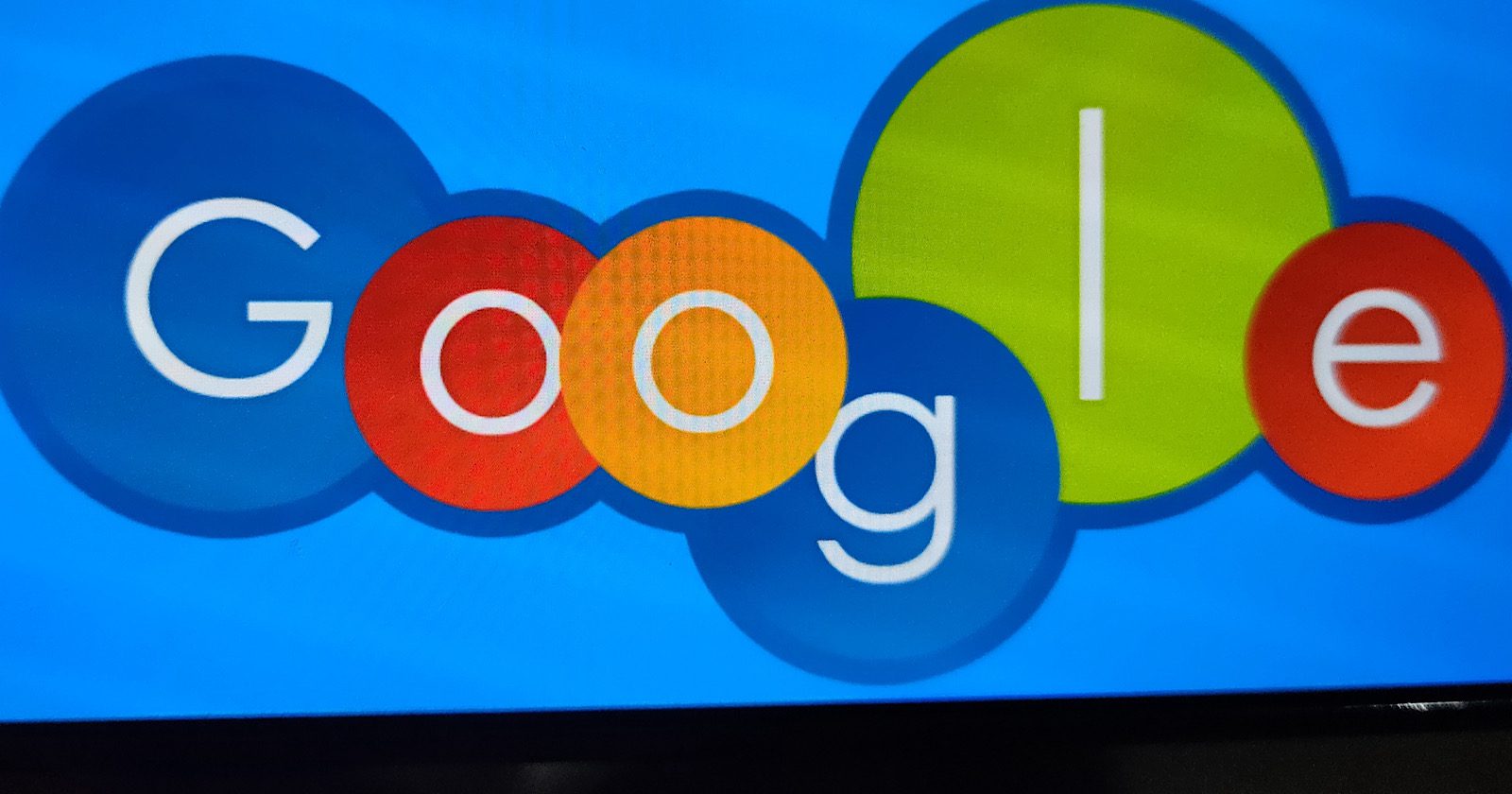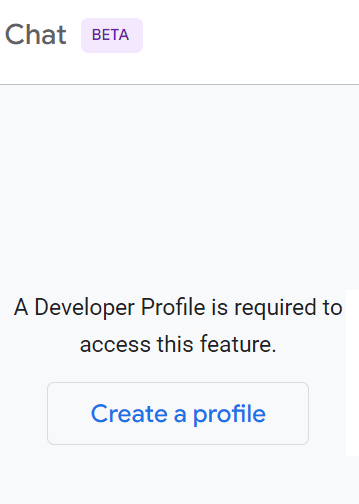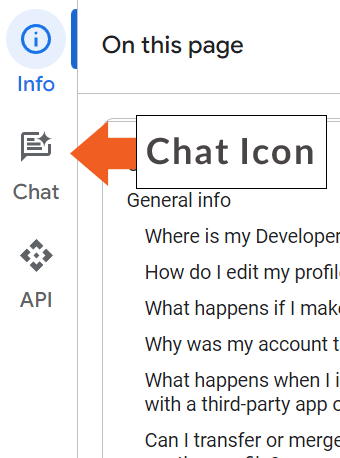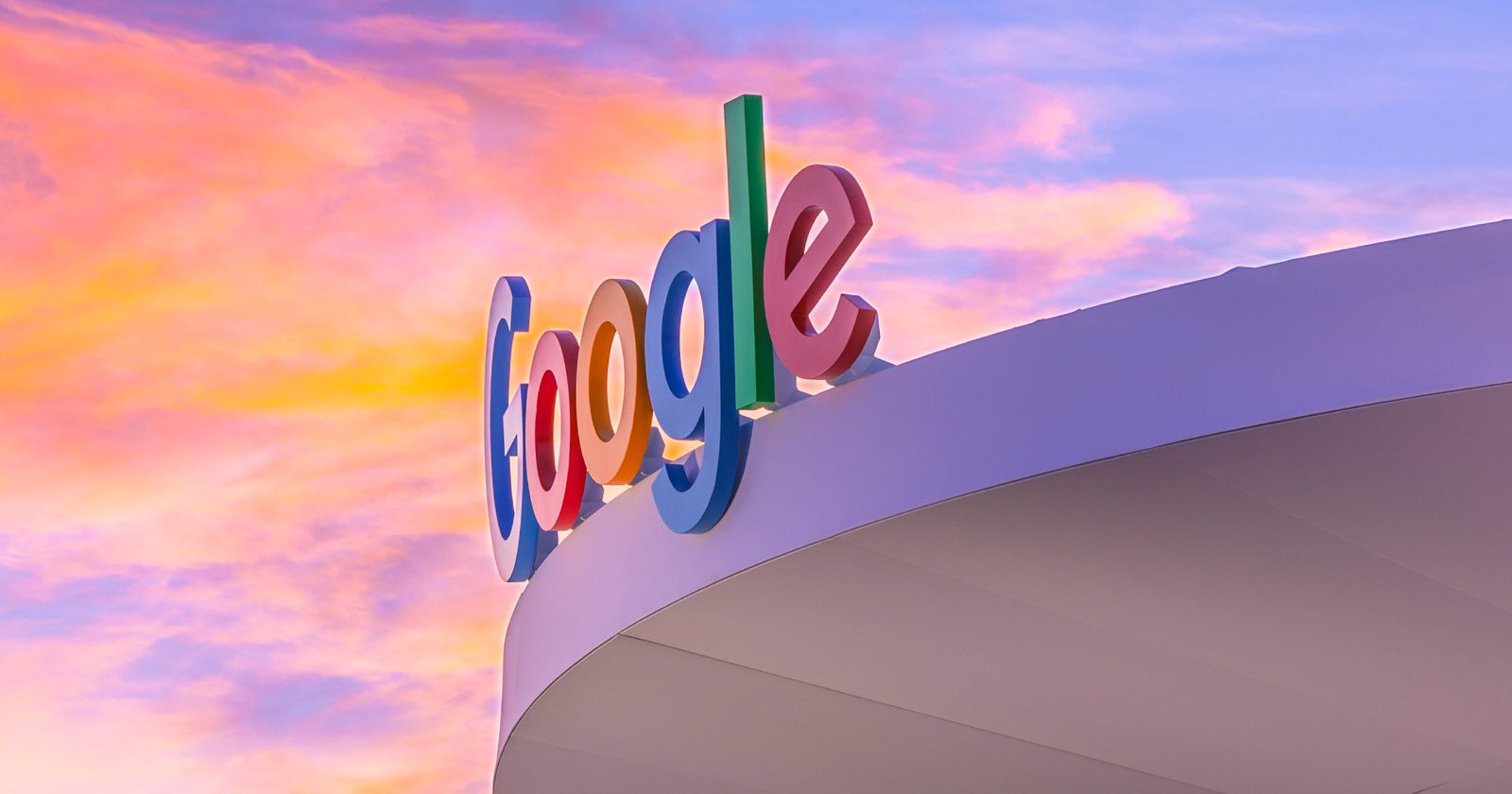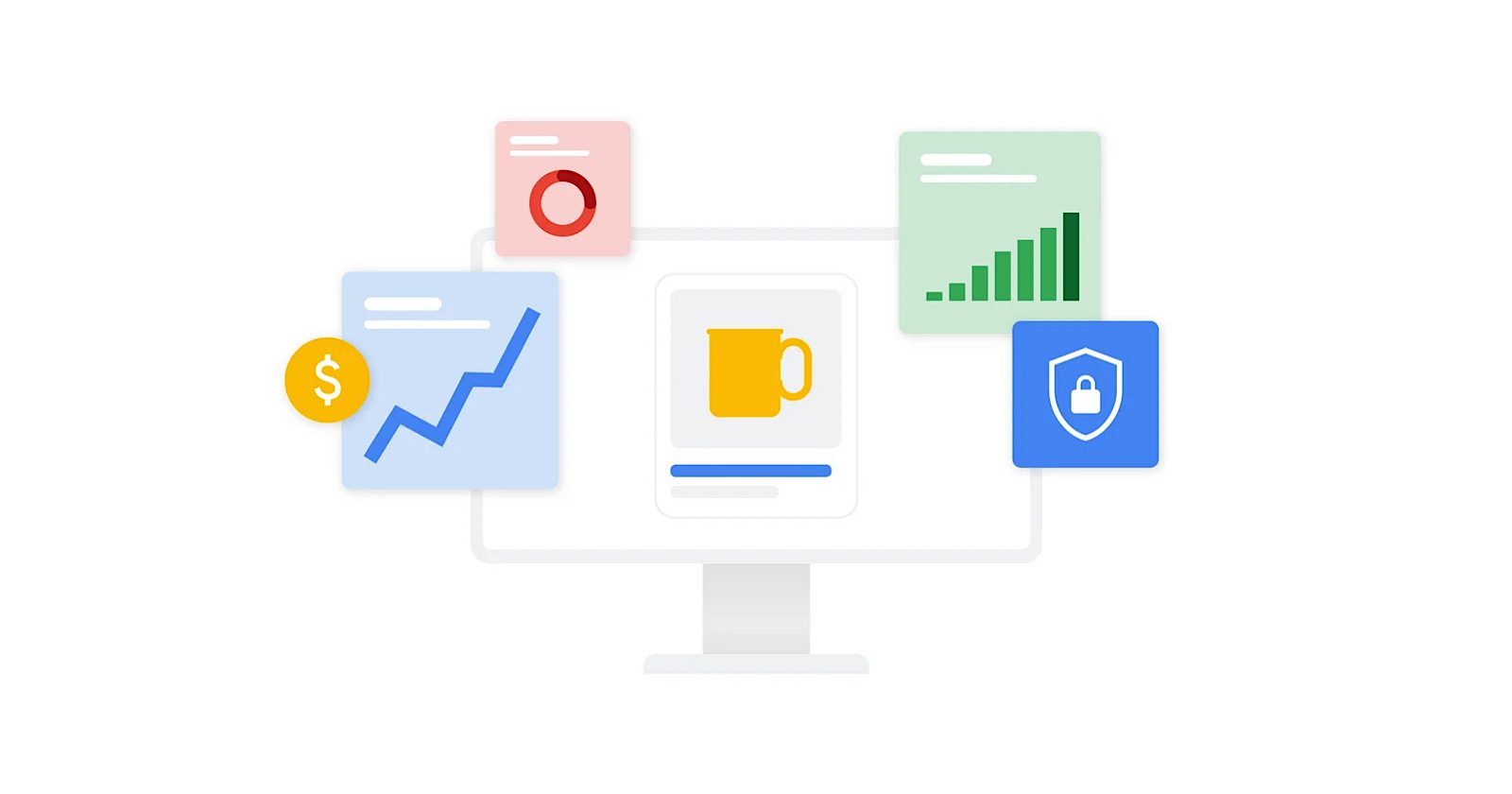Google’s SearchLiaison responded to a tweet that was kind of “thinking out loud” about whether a particular tactic might be useful for recovering from the Helpful Content Update system. SearchLiason offered his opinion on why that might not be a good idea.
One thing that SearchLiaison made clear is that he didn’t want his tweet to come off as if he was rebuking Lily Ray.
He tweeted:
Being More Than An Affiliate/Review Site
SearchLiaison responded to Lily Ray who was making connections between sites hit by the Reviews update in September 2023 and the current March Core Algorithm udpate. There is a fair bit of context that needs to be seen in order to understand SearchLiaison’s response because a cursory reading doesn’t show the full picture because what SearchLiaison responded to wasn’t just about the one thing he called attention to. It’s worth putting his response into context in order to better understand what was meant.
Lily noted that the sites under discussion had more than just content, that they had an ecommerce side.
She tweeted:
Then tweeted:
The discussion progressed to discussing possible “overlapping signals” between sites hit by the Reviews system and the Helpful Content system (HCU), with Terry Van Horne tweeting:
With Lily Ray responding:
“Yeah, tons of crossover from what I’m seeing. But at this point, a site is “lucky” if it only got hit by the Reviews updates, not HCU”
Terry responded by mentioning his doubts about suggestions made by others that being an affiliate site might be a connection, that it was not about the type of advertising that contributed to triggering issues but other factors.
He tweeted:
“The “lucky” might be the “anomalies” that help in determining which signals overlap. For instance a lot of chatter about “affiliate links” but I’m positive it’s more about where ads on page are placed, number and no disclosure of ads/sponsorships. Not the type of ads”
That’s how the discussion flowed and morphed into discussing affiliate sites.
Someone responded to the second tweet about sites having more than one component:
It was the following tweet by Lily Ray that SearchLiaison responded to:
“Yeah… I’m wondering if integrating ecommerce is something that could help many HCU-affected sites recover over time.
I realize this is much easier said than done… but it shows Google that your site does more than just affiliate/review content.”
Lily wasn’t suggesting that integrating ecommerce would be helpful to recovery, she was just throwing it out there as in, “wondering” or maybe even thinking out loud.
SearchLiaison responded by cautioning against doing things to “show Google” which means being motivated to doing something for Google instead of focusing on users.
SearchLiaison tweeted:
“I wouldn’t recommend people start adding carts because it “shows Google” any more than I would recommend anyone do anything they think “shows Google” something. You want to do things that make sense for your visitors, because what “shows Google” you have a great site is to be … a great site for your visitors not to add things you assume are just for Google.
Also Lily, I don’t mean this toward you in particular or negatively. It’s just shorthand common thinking that so many understandably deal with.
Doing things you think are just for Google is falling behind what our ranking systems are trying to reward rather than being in front of them. Everything I said here: https://twitter.com/searchliaison/status/1725275245571940728“
SearchLiaison continued on the topic of websites that try to “show” by listing examples of the kinds of things that fall into the dead-end of focusing on the wrong things.
He continued:
“Stop trying to “show Google” things. I have been through so many sites at this point (and I appreciate the feedback), and the patterns are often like this:
– Something saying an “expert” reviewed the content because someone mistakenly believes that ranks them better
– Weird table-of-content things shoved at the top because who knows, along the way, somehow that became a thing I’m guessing people assume ranks you better
– The page has been updated within a few days, or even is fresh on the exact day, even though the content isn’t particularly needing anything fresh and probably someone did some really light rewrite and fresh date because they think that “shows Google” you have fresh content and will rank better.
– The page end with a series of “hey, here are some frequently asked questions” because someone used a tool or other method to just add things they think people search for specifically because they heard if you add a bunch of popular searches to the page, that ranks you better not because anyone coming to your page wants that
– I can barely read through the main content of pages because I keep getting interrupted by things shoved in the middle of it. Which isn’t so much a “show Google” think as much as it is just an unsatisfying experience”
He acknowledged that Google’s algorithms aren’t perfect and that there are likely many examples of top ranking sites that do the things he just said not to do.
SearchLiaison made it clear that if an SEO is doing something because they think that’s what Google’s signals are looking for or that it’s a signal of quality then they’re doing it for the wrong reasons and are at a dead-end. The whole focus should be on whether it’s good for the user, not whether Google is looking for a particular signal.
He explained:
“And yes. A million times yes. You will find pages that are still ranking, both from big sites and small sites, that do these things. Because our ranking systems aren’t perfect, and after this current update, we’ll continue to keep working at it, which I also covered before: https://twitter.com/searchliaison/status/1725275270943293459
And I very much hope our guidance will get better to help people understand that what Google wants is what people want. “
It’s Probably Google’s Failure To Communicate
SearchLiaison blamed Google’s documentation, a failure to communicate, if SEOs were walking around recommending adding that something was reviewed by an “expert” and so on.
He also gave a sneak preview of what the draft document currently says.
He wrote:
“I’m pushing for us to have an entire new help page that maybe makes this point better. Part of the current draft says things like:
“The most important key to success with Google Search is to have content that’s meant to please people, rather than to be whatever you might have heard that ‘Google wants.’ For example, people sometimes write content longer than is helpful to their readers because they’ve heard somewhere that ‘Google wants’ long content.
What Google wants is content that people will like, content that your own readers and visitors find helpful and satisfying. This is the foundation of your potential success with Google. Any question you have about making content for Google will come back to this principle. ‘Is this content that my visitors would find satisfying?’ If the answer is yes, then do that, because that’s what Google wants.””
SearchLiaison pointed out that he’s not a part of Google search and that his role is to be the liaison communicating back and forth between the people on both sides of the search box.
He then returned to urge the search marketing community to stop focusing on trying to figure out what they think Google’s algorithm rewards and then to show that. While he didn’t mention it, that very likely includes scouring the Search Quality Rater Guidelines for things to do.
Seriously, you’ll always get better results by scouring your site visitor’s feedback, which includes both the explicit feedback (where they tell you how they feel) and the implicit feedback (where an analytics like Clarity shows you how site visitors feel through their user interaction signals).
SearchLiaison continued:
“Those providing quality experiences, I personally want you to succeed.
But please. If you want to succeed, stop doing a lot of the things you’ve heard second, third, whatever that are supposed to “show Google” something and show your visitors a great, satisfying experience. That’s how you show Google’s ranking systems that you should do well.””
Spirit Of Google’s Guidelines
Nine years ago I wrote an article about User Experience Marketing that explained the value in optimizing for people instead of keywords.
I suggested:
Optimize For People, Not Keywords.
Doing this will change how you write content, how it’s organized, how you link internally and in my experience it will always be good for ranking.
Want Links? Optimize For User Experience
Links are the expression of people’s enthusiasm. People link because they feel good about it. Anything you do that makes people be enthusiastic is going to increase links, increase user interaction signals, increase everything that gets a site rolling.
For whatever reason, the search industry keeps trying to show Google that they’re relevant, to show Google their content is authoritative, that they are expert. Some go as far as to invent fake authors with AI generated photos and fake profiles on LinkedIn, because they thought that would show Google that the content is expert.
But really, just be it, right?
Featured Image by Shutterstock/RYO Alexandre




